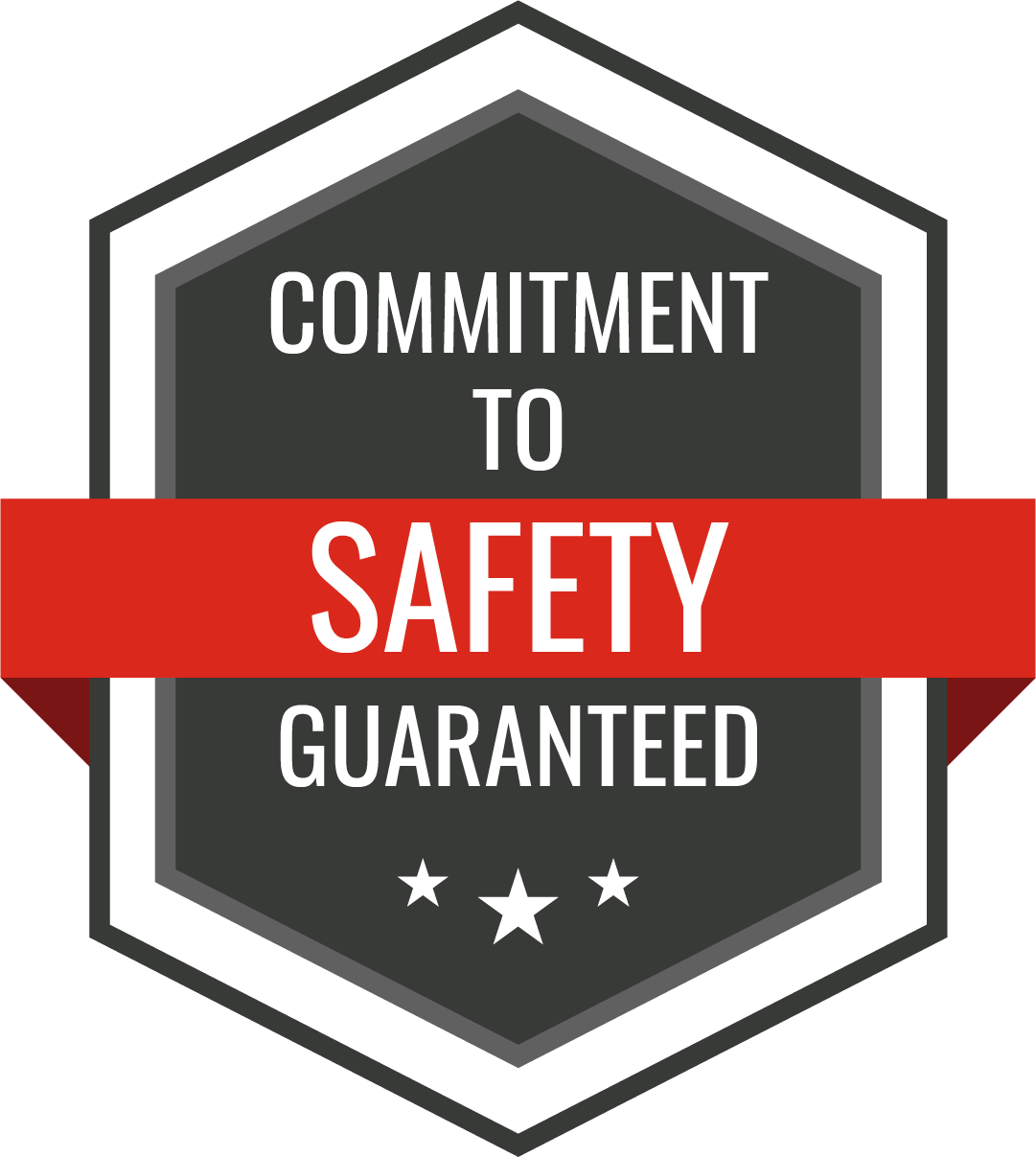
Whether it’s an unsafe condition, such as a loose stair rail, or an unsafe practice, such as someone not wearing proper safety gear, employees should feel empowered to speak up. One of the best ways to make sure your workplace is safe is to encourage employees to speak up if they see something that isn’t right. This allows for an objective assessment of the workplace and can help identify potential hazards that might otherwise be missed. These audits should be conducted by someone who is not responsible for the day-to-day operations of the workplace, such as a safety consultant. OSHA recommends conducting a safety audit at least once a year. No matter what type of audit you choose, the goal is always the same: to make your workplace safer for everyone.

Others are more general in nature and examine a wide range of safety and health concerns. Some audits focus on specific topics, such as electrical safety or ergonomics. There are many different types of safety audits, but they all have one common goal: to improve workplace safety. By identifying potential problems and addressing them quickly, businesses can prevent accidents and save lives. The purpose of a safety audit is to find and fix hazards before they cause injuries, illnesses, or property damage. It allows businesses to assess the effectiveness of their safety and health programs, as well as environmental initiatives. You can create your own training courses or select them from our training library.Ī safety audit is a methodical, structured examination of how workplace activities impact employee safety and health. ClockWork safety lets you assign training to your workers on anything from general OSHA Mandated topics to your company’s specific procedures.
COMMITTED TO SAFETY.COM SOFTWARE
This is where you might use training software like ClockWork Safety. Hiring occupational safety and health experts to provide training is a wonderful method to get your staff educated, but it isn’t always within the budget for small companies. It’s important to provide training on a regular basis for employees of all skill levels and to create a training schedule to assist with those efforts.
COMMITTED TO SAFETY.COM HOW TO
It ensures that employees are aware of the dangers of their job and how to do them safely. All personnel, especially new ones, should be educated on safety issues. The goal of training is to change workers’ actions. It sounds easy enough, but getting the training in front of your employees can be a struggle in itself. Once you know which are your company’s most hazardous tasks, you can then target your training to address those topics. This study identifies the most hazardous tasks, allowing companies to focus their immediate safety training efforts. The National Safety Council advises conducting a job hazards analysis, which documents each stage of on-the-job activities and the possible safety concerns that may arise from each activity. Thus, to build a positive safety culture, managers need to visibly commit to patient safety and be a role model to ensure patient safety.Make sure your employees are properly trained on safety procedures. In addition, management safety commitment was significantly related to patient safety culture ( r = 0.46, P < 0.01) and was an important predictor of patient safety culture ( F = 65.29, P < 0.01).Ĭonclusions: The findings provide significant empirical evidence that management safety commitment is associated with the culture of patient safety. Staff nurses scored patient safety culture significantly lower than those of nurse managers ( F = 18.88, P < 0.01). The mean score of patient safety culture was 148.66. Both descriptive and inferential statistics were used to explore the relationship between management safety commitment and patient safety culture.įindings: The mean score of safety commitment was 8.38 on a 0–10 visual analogue scale. A total of 248 registered nurses, including 20 nurse managers and 228 staff nurses, were surveyed using self-administered questionnaires. Methods: The study used a correlational research methodology with a cross-sectional survey design. Even less is known about the relationship in a Chinese hospital setting. However, little empirical evidence could be found in the literature to substantiate the relationship between management safety commitment and patient safety culture.

Management safety commitment has been identified as key to establishing a culture of safety. International Nursing Review 58, 249–254Īim: The study aims to explore the relationship between management safety commitment and patient safety culture using data from a Chinese hospital.īackground: Developing a positive patient safety culture has been suggested as an important strategy to improve the quality of health services and patient safety. (2011) The relationship between management safety commitment and patient safety culture. FENG X.Q., ACORD L., CHENG Y.J., ZENG J.H.


 0 kommentar(er)
0 kommentar(er)
